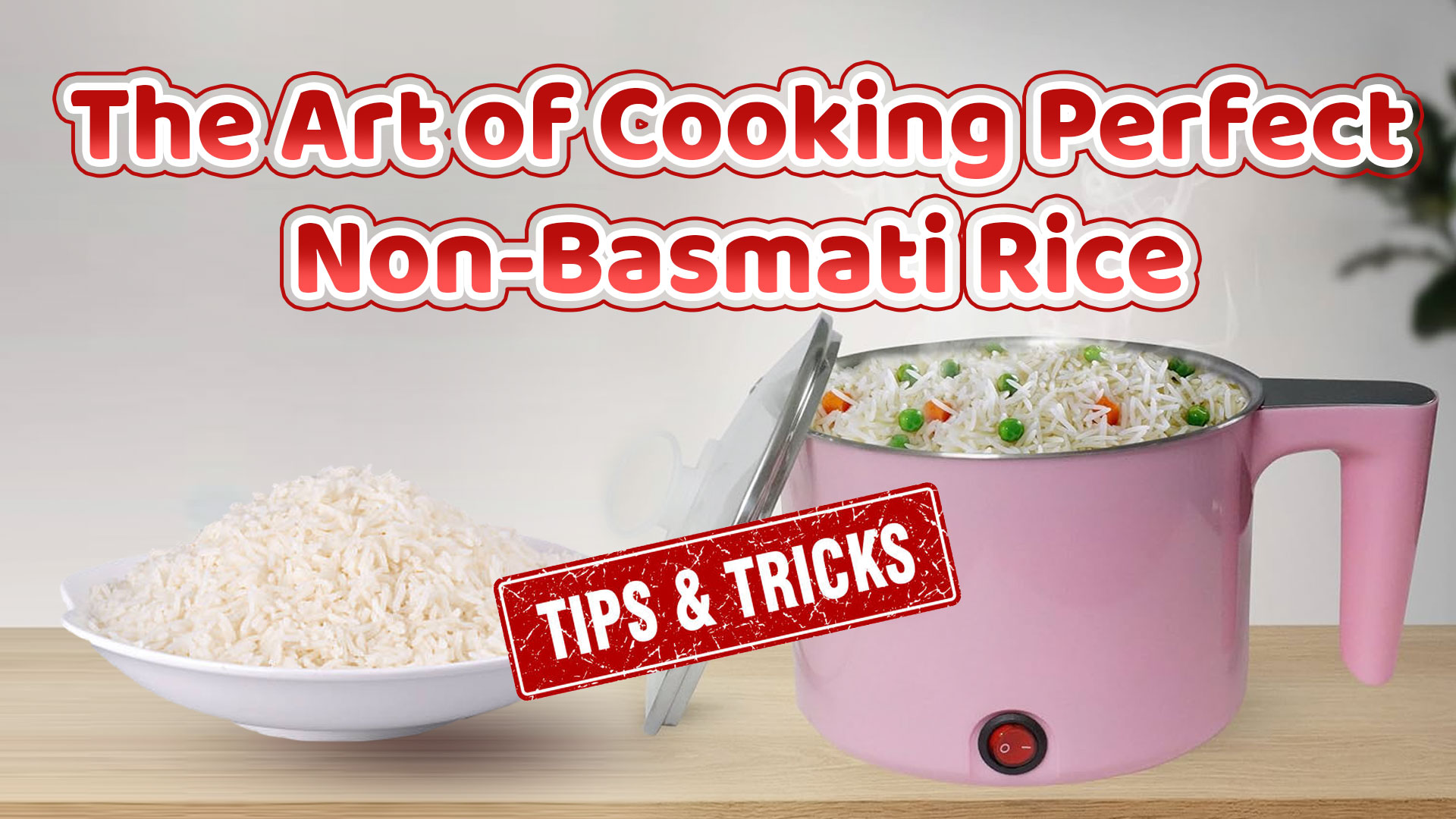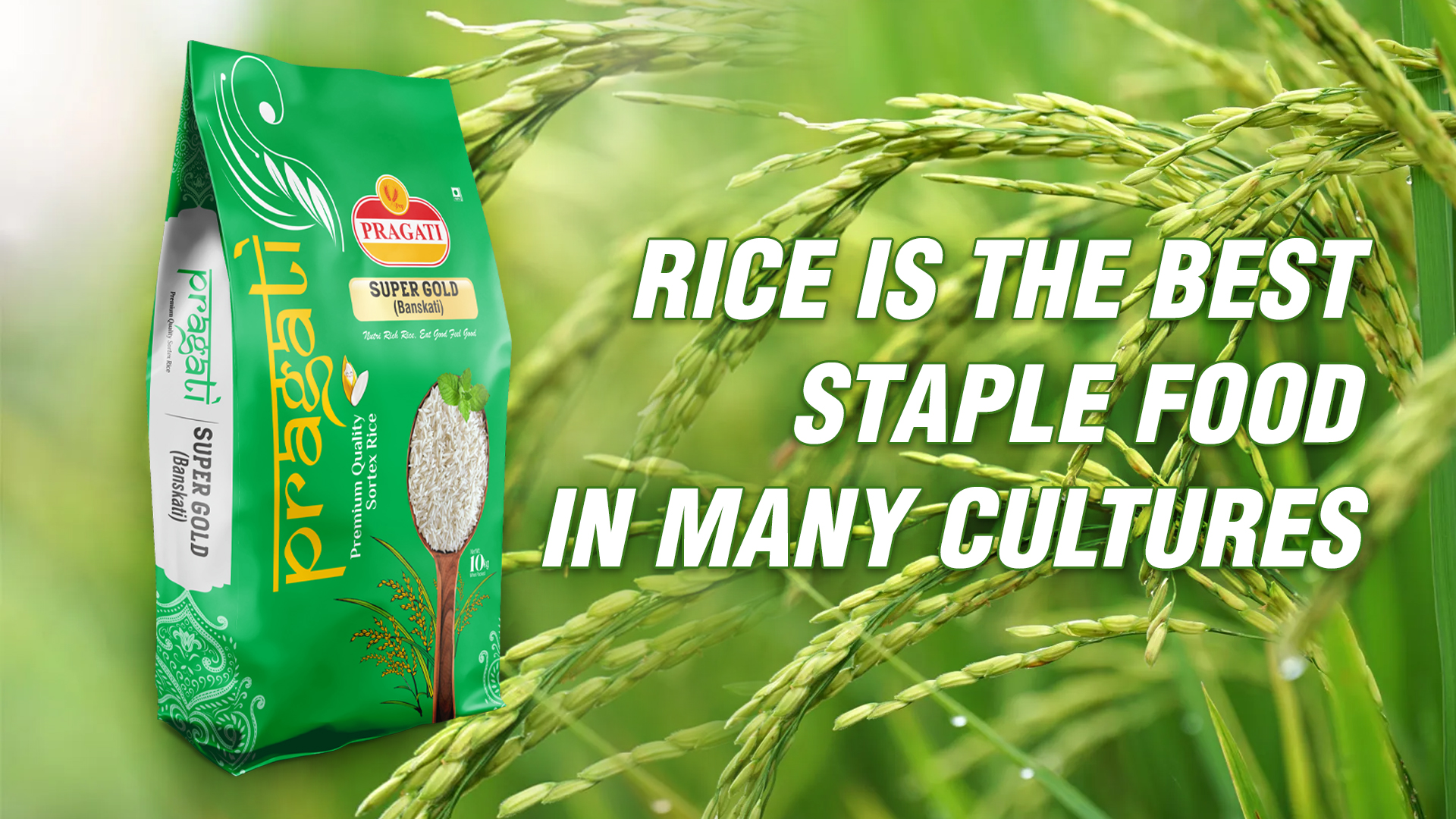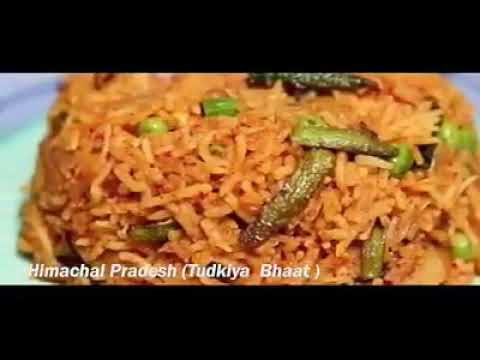Rice is the absolute uncontested staple food of millions of Indians. As a country, India has secured a lofty rank in the list of “the world largest rice producers” and continues to hold the position for quite some time now. Recent data shows that one-third of the total cultivated area of the nation is dedicated to rice cultivation. So unsurprisingly, agronomists all across the Indian subcontinent are found preparing vast stretches of fertile agricultural farmlands for sowing of the paddy seedlings between the months of June and July which marks the beginning of the monsoon season in the country.
Growing Conditions of rice
Rice is one of the most principal kharif crops of our country which in simpler terms, conveys that it thrives during the monsoon season. This is mainly due to the fact that the optimum temperature that permits the proper growth of paddy or rice is about 25ºC-26ºC. This should be accompanied by at least 100 cm of rainfall under ideal circumstances. So it is safe to say that rice is best suited to geographic zones that experience a combination of both hot and humid climatic conditions.
Importance of monsoon
Rice is cultivated all through the expansive length and breadth of India. But the states of West Bengal, Punjab and Uttar Pradesh are considered the top producers of the crop. The traditional practice of planting paddy seeds at the beginning of the rainy season is not only perpetuated by age old convention but also backed up by steadfast logic and science.
Rice is heavily reliant on an assured supply of water that cannot be achieved only through irrigation. So, the quantity of rainfall during the monsoons season actually decides the production number of the crop. The southwest monsoon that makes its way up to all corners of the country by the beginning of the month of July also offers favorable temperature for paddy cultivation.
Rice as the staple food of India
Rice can easily be acknowledged as a master food crop of the developing world. This is because it is considered the staple food of a major chunk of the world population including the entirety of the country of India from Kashmir to Kanyakumari. Parboiled rice has been noted as the most popular variety of rice consumed by the people in our country as well as a commonly exported commodity.
Nutritional value of rice
Rice is great store of complex carbohydrates. It is also considered a well known reservoir holding many important nutrients, vitamins and minerals. Regular consumption of rice can even help to combat various illnesses and improve overall health.
Benefits of eating rice
Rice is so well accommodated by Indian palates mainly because it acts as a fuel for the body for being so rich in carbohydrates. Consuming a sizable portion of rice as a major meal may prove to be extremely filling and nutritious. It enables an individual to stay fit and active throughout a day without any disturbances induced by lethargy or fatigue.










